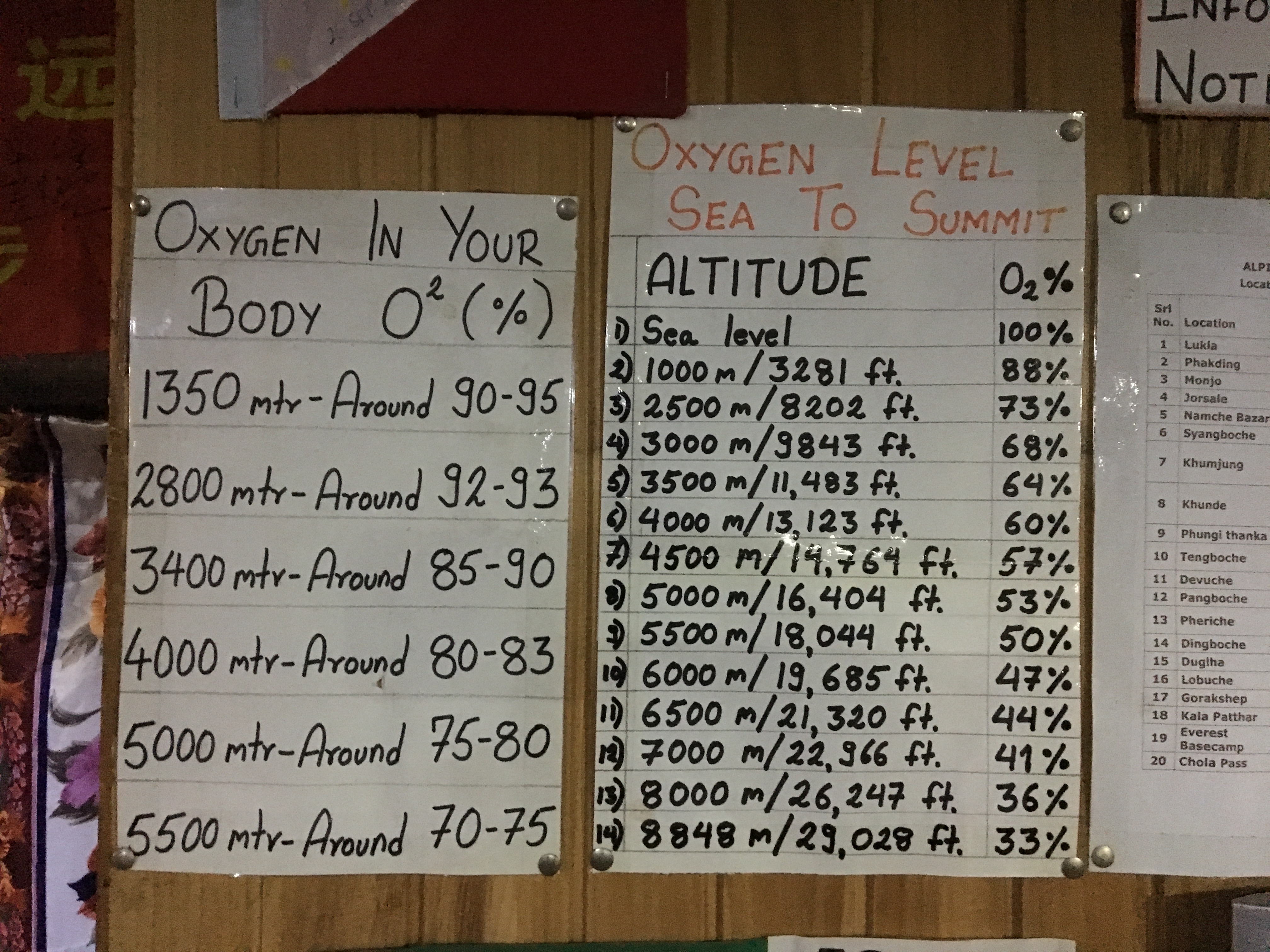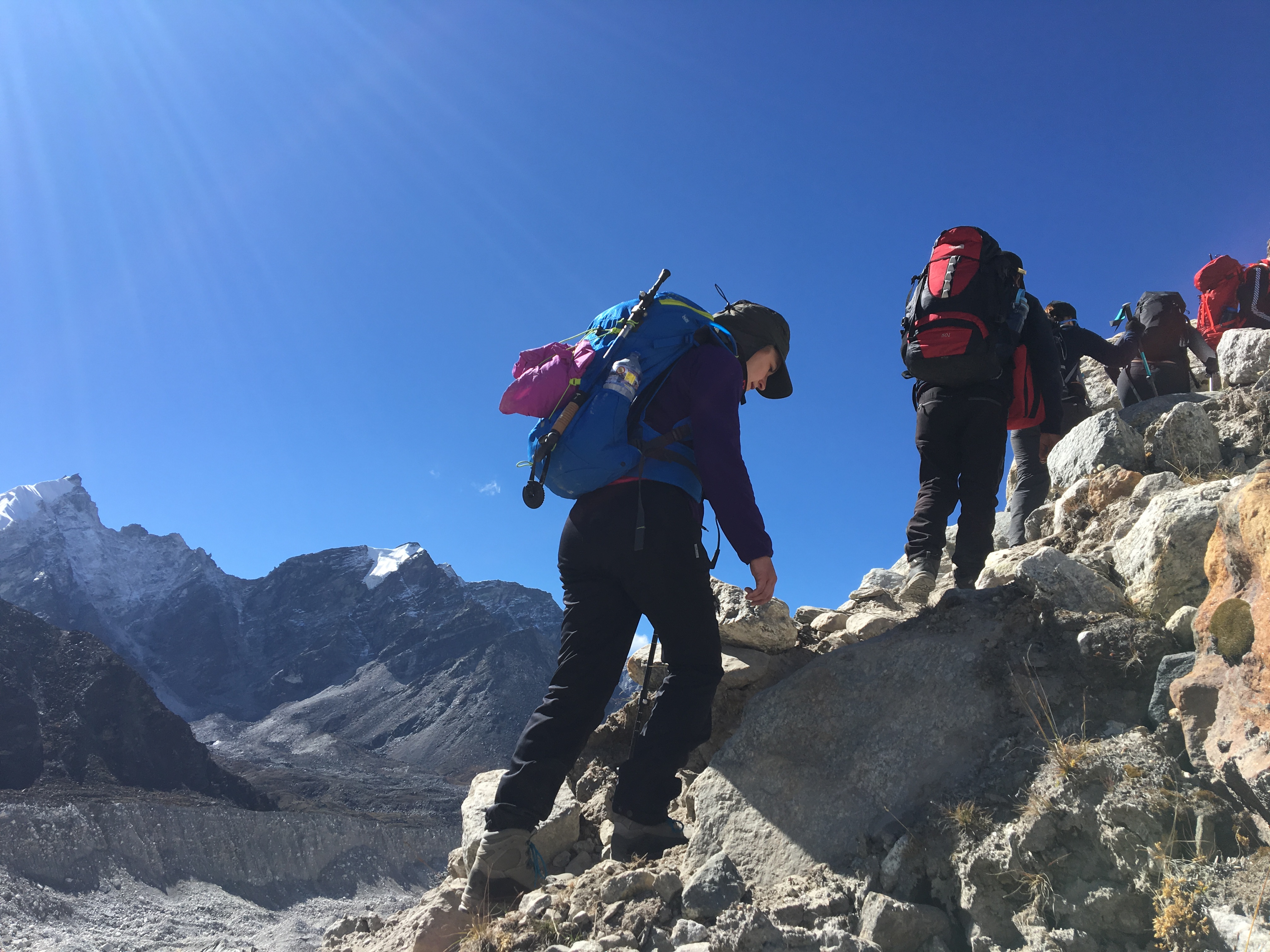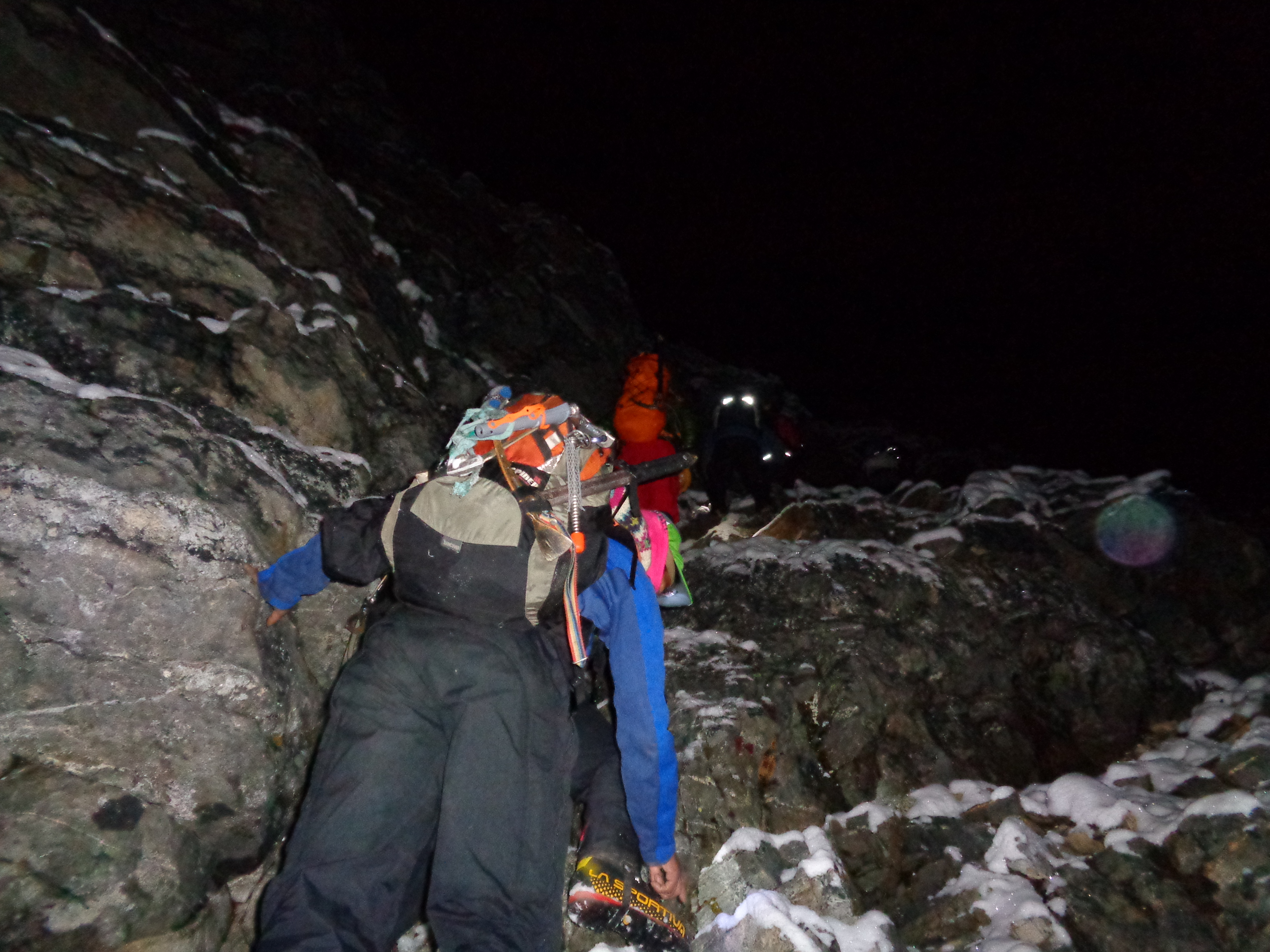Altitude Explained: Understanding the Elements, Risks, Challenges, and Research. We have been leading high altitude trek for 20 years alongside doing research on our trips for over 8 years. We have learned a lot watching thousands of people going high and extreme altitude. Contact us and check out all our upcoming trips.
Introduction
Altitude, the vertical distance above sea level, plays a significant role in shaping environments, human activities, and physiological responses. From towering mountain peaks to elevated plateaus, altitudes vary widely across the Earth’s surface, impacting everything from climate patterns to adventure tourism. In this article, we will delve into the diverse elements of high altitude, discussing its effects on human health, the risks and challenges it poses, relevant statistics, and the latest research in this field.
Understanding Altitude
Altitude is the measure of vertical elevation in relation to sea level. As altitude increases, air pressure and oxygen levels decrease, leading to a range of physical and environmental changes. Altitude is typically categorized as follows:
1). Low Altitude: Below 2,000 meters (6,562 feet) above sea level. Most populated areas fall within this range.
2). Moderate Altitude: Between 2,000 and 3,500 meters (6,562 – 11,483 feet). Many cities and tourist destinations are found in this category.
3). High Altitude: Between 3,500 and 5,500 meters (11,483 – 18,044 feet). Often associated with mountain regions.
4). Very High Altitude: Between 5,500 and 7,500 meters (18,044 – 24,606 feet). Found in extreme mountain ranges.
5). Extreme Altitude: Above 7,500 meters (24,606 feet). Typically only reached by skilled mountaineers.
Physiological Effects and Risks
High altitude environments pose unique challenges to human physiology due to reduced oxygen levels and decreased air pressure. Some of the key effects and risks include:
Hypoxia: Reduced oxygen levels can lead to hypoxia, causing symptoms like shortness of breath, fatigue, and dizziness. Severe cases can lead to altitude sickness or acute mountain sickness (AMS).
Altitude Sickness: AMS is characterized by symptoms such as headache, nausea, vomiting, and difficulty sleeping. It generally occurs at altitudes above 2,500 meters (8,200 feet).
High-Altitude Pulmonary Edema (HAPE): This condition involves fluid accumulation in the lungs, leading to breathing difficulties, coughing, and chest pain. HAPE can be life-threatening if not treated promptly.
High-Altitude Cerebral Edema (HACE): HACE is the swelling of the brain due to increased fluid leakage, resulting in confusion, loss of coordination, and altered mental states. Like HAPE, HACE requires immediate medical attention.
Challenges of High Altitude Environments
High altitude environments present numerous challenges for human activities especially in challenging rough terrain.
Tourism and Recreation: Mountain tourism is popular, but visitors need to acclimatize gradually to reduce the risk of altitude-related illnesses. This is critical for safety and success.
Agriculture: High altitude regions often have shorter growing seasons and cooler temperatures, affecting crop choices and yields. This affects the times we can trek in certain regions of the Himalaya’s.
Transportation: Reduced air density at high altitudes affects aircraft performance, necessitating longer runways and different flight procedures.
Communication: Low air pressure can impact wireless communication, satellite operations, and navigation systems.
Healthcare: Providing medical care at high altitudes is challenging due to the increased risk of altitude-related illnesses and limited access to facilities.
Statistics on High Altitude
High altitude regions are home to diverse ecosystems and unique challenges. Here are some key statistics.
The Himalayas, including Mount Everest, are the world’s highest mountain range, with Everest’s summit reaching 8,848 meters (29,029 feet) above sea level.
La Paz, Bolivia, is one of the world’s highest capital cities, situated at an altitude of approximately 3,650 meters (11,975 feet).
The Andes mountain range in South America contains numerous peaks over 6,000 meters (19,685 feet) high.
High altitude areas are home to various indigenous communities that have adapted to the challenges of living in extreme environments.
Research on High Altitude
Scientific research on high altitude environments encompasses a wide range of disciplines:
Physiology: Researchers study how the human body adapts to low oxygen levels and develop strategies to mitigate altitude-related health risks.
Climate Science: High altitudes contribute to climate variability and play a role in atmospheric circulation patterns.
Glaciology: Glacial retreat at high altitudes is a critical indicator of global climate change.
Ecology: High altitude ecosystems are sensitive to climate shifts, leading to research on species adaptation and conservation.
Medicine: Medical researchers explore treatments and interventions for altitude-related illnesses. Diamox and Ibuprofen are tried and tested drugs. There are some alternatives to diamox.
Conclusion
Altitude is more than just a vertical measurement; it’s a dynamic factor that influences ecosystems, human activities, and our understanding of physiology and climate. The challenges and risks associated with high altitude environments are balanced by the awe-inspiring beauty and unique opportunities they offer.
As research continues to unveil the complexities of altitude-related issues, humanity gains valuable insights into adapting and thriving in these elevated regions.







